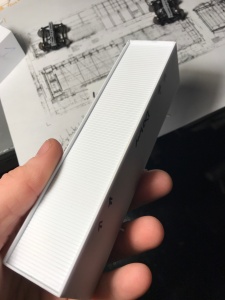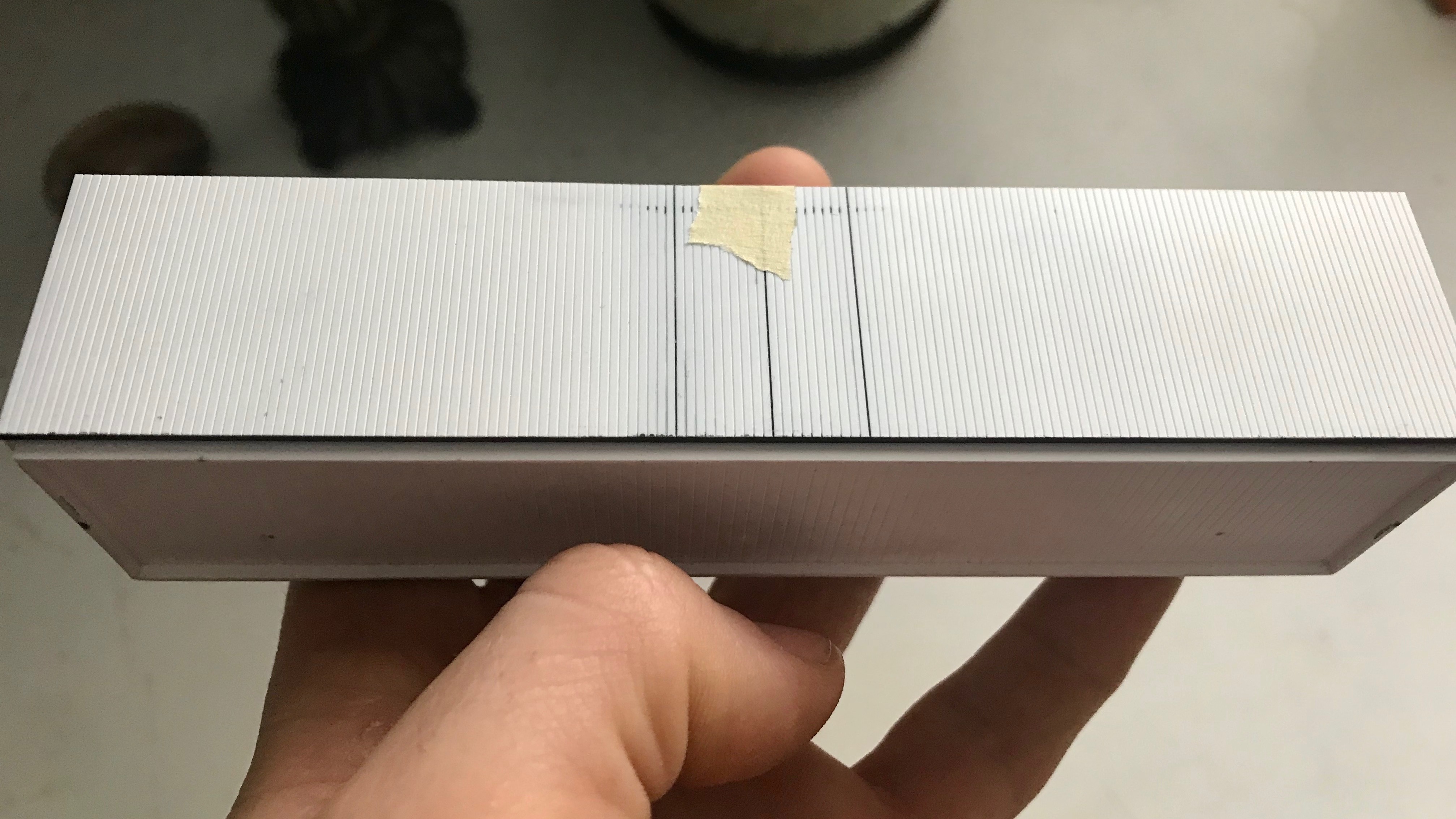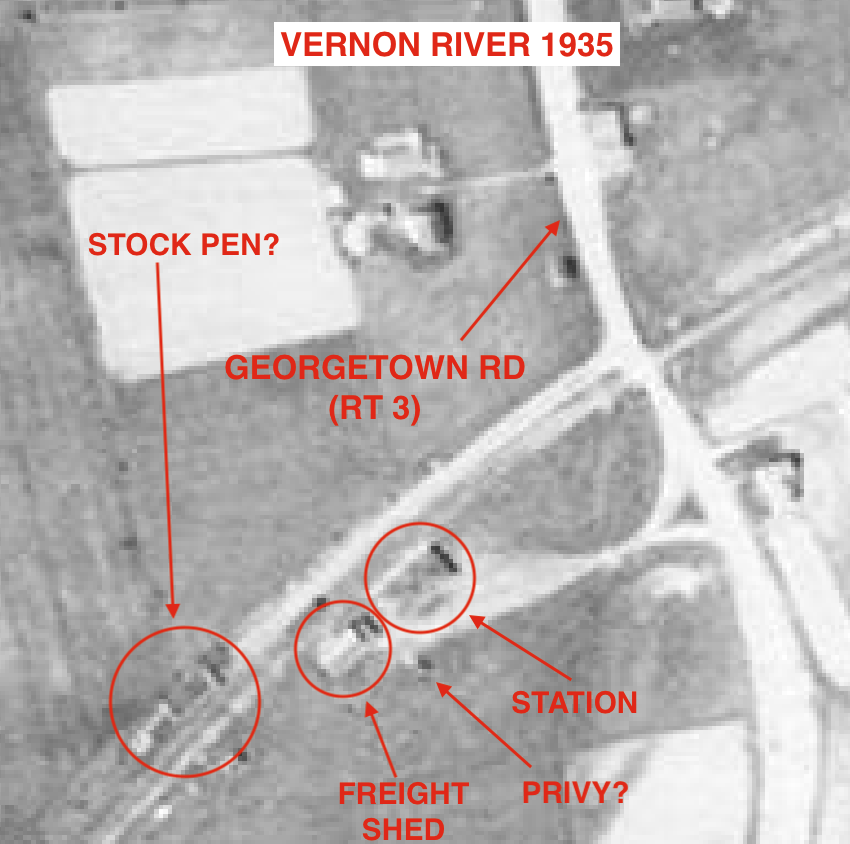With a prototype chosen it was time to dive a little further into my research.
My first goal was to figure out the types of freight traffic the village would see in a broad sense and not just my chosen era; after having that information I could then, through logic and evidence, figure out what would be applicable to my era.
One of the primary tools for the research job was islandnewspapers.ca. – “a fully-searchable online archive of PEI’s main newspaper of record, The Guardian, from 1890 to 1957.” This archive along with a document by Shawn Naylor that Steve Hunter passed to me a few years ago provided me with a wealth of information.
What I found was that Vernon River received quite a few different commodities ranging from general merchandise to mussel mud. Its main exports would have been produce (potatoes likely being the majority of this) and livestock (mainly hogs).
I have compiled the following list of inbound and outbound traffic. Everything listed is based upon direct evidence (unless marked with a “*” or “**”) found in newspaper archives or in Naylor’s document.
- Outbound Traffic:
- Produce (Potatoes, Turnips and other crops)
- Livestock (mainly hogs but also cattle)
- Finished Wood (*) (not likely in my era)
- Inbound Traffic:
- Animal Feed
- Limestone
- Fertilizer
- Bulk Oats
- Barley
- Bulk Wheat
- Fuel (**) (would oil and gasoline be pumped from tank cars into trucks to supply farmers with fuel?)
- Coal (OCS and revenue)
- Ties (OCS)
- Mussel Mud (not likely in my era)
(*) Outbound loads of finished wood is a assumption at this point and only that. This is based on the existence of a saw mill about half a km away from the station. While I have not found any evidence to back up this assumption I don’t think it would be much of a stretch to consider them using the public siding to ship finished wood at some point. I have not found much information on the saw mill and it’s hard to tell in my air photos if it exists in a operational capacity in my era.
(**) There is no evidence I have found of fuel being received at Vernon River. Would it be possible that fuel would be pumped from a tank car into a truck to deliver to farmers? The farmers had to get it somehow and even still by the late 1950s not all of the roads east of Charlottetown had been paved. I am genuinely not sure how this worked.
Based upon the list above its easy to imagine the types of rolling stock the village would have received, namely lots of reefers, boxcars and stock cars.
Next time I will delve into the research of the daily amount of carloads both originating and terminating (along with their types) to try to get a sense of what a switching job at Vernon River consisted of.
Thanks for reading,
-CM














